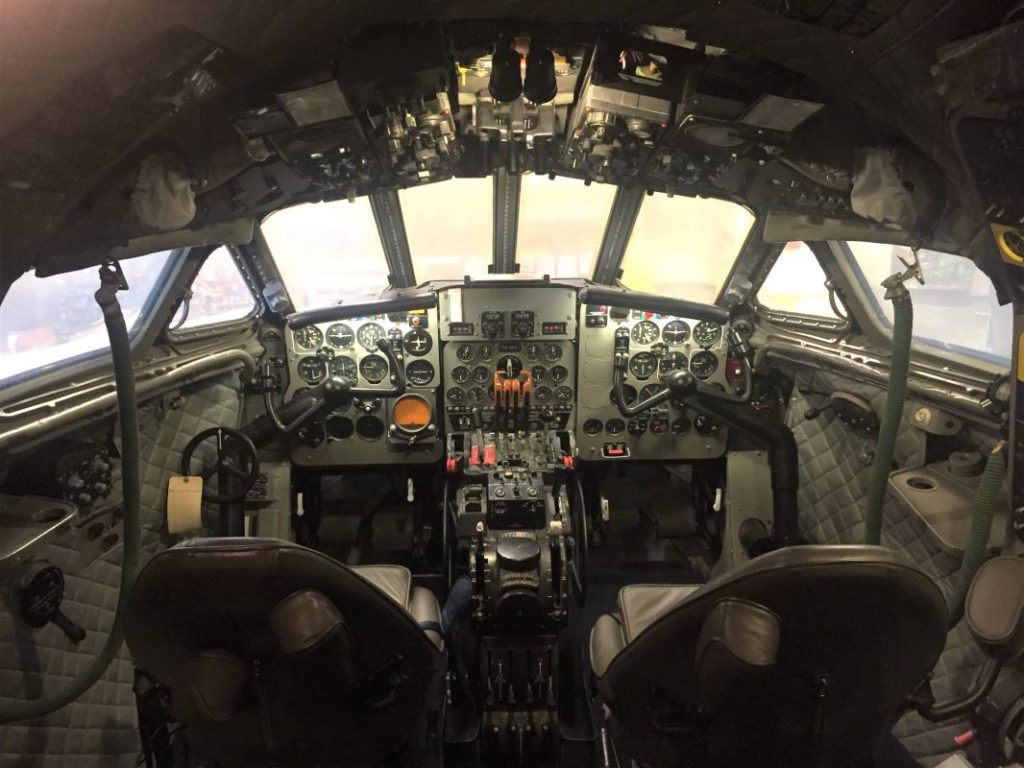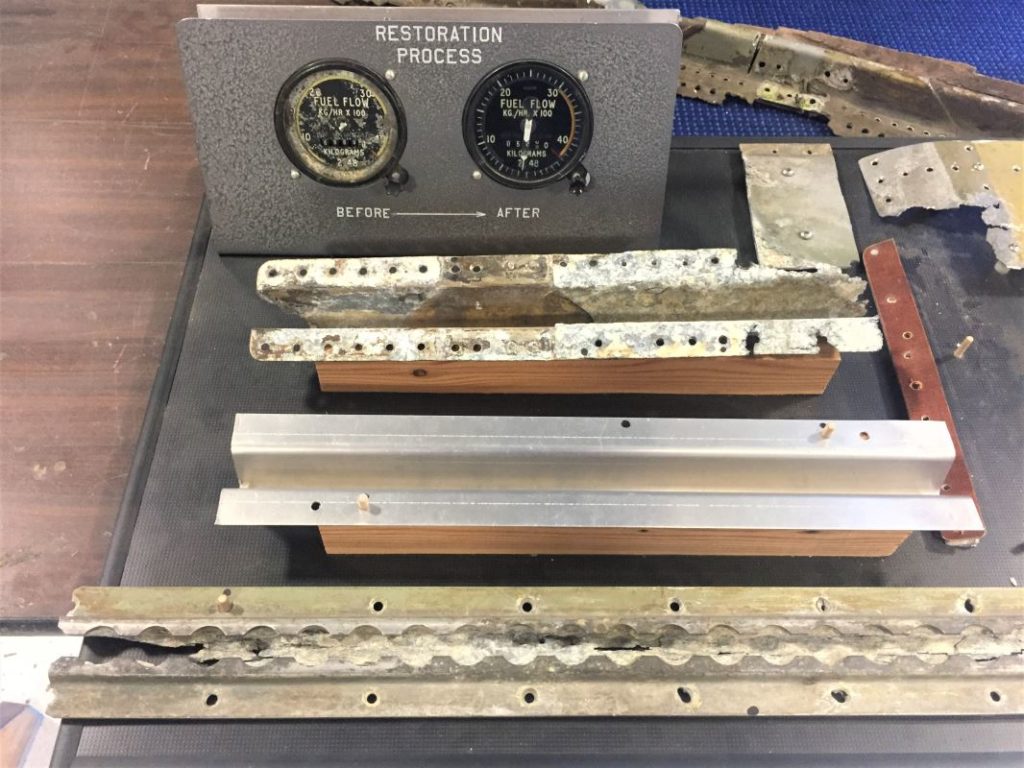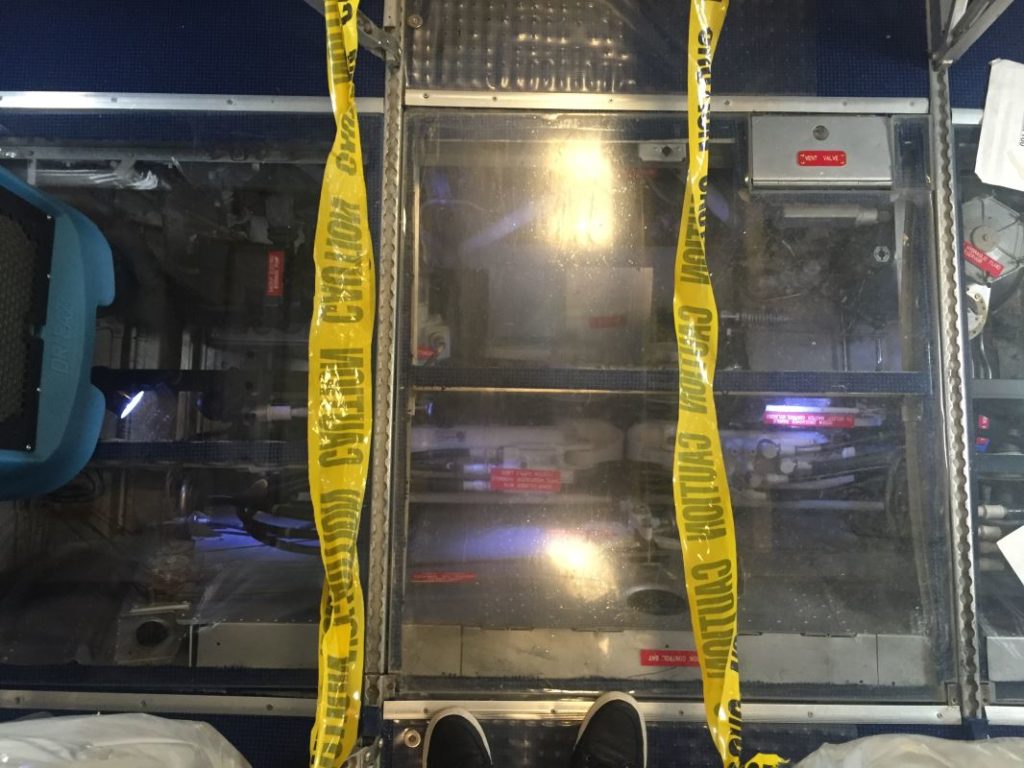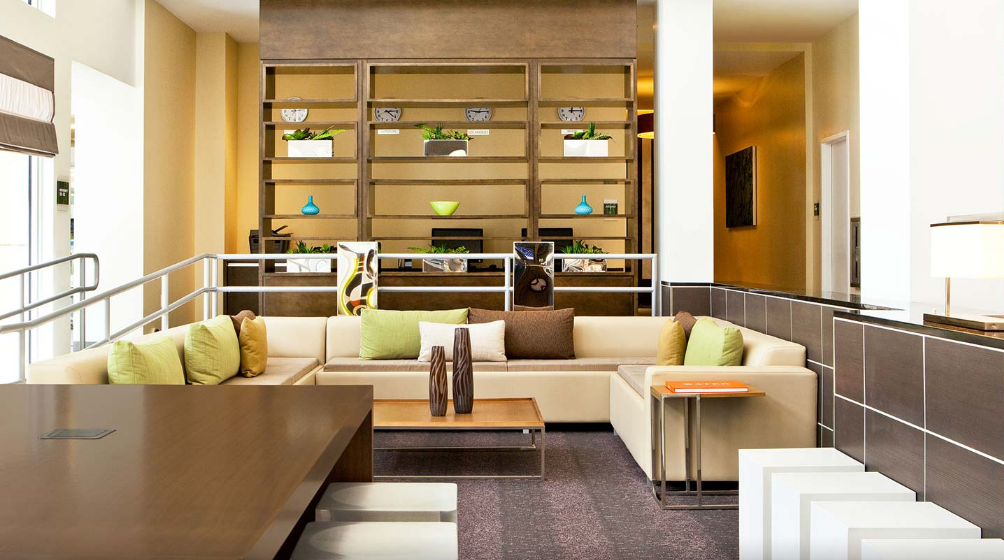On a recent visit to Seattle, I was visiting Paine Field when we made an unscheduled stop at the Museum of Flight’s Restoration Center. I do believe this was a deliberate surprise, so we got to see some really great things.
All the aircraft restoration conducted at the facility is undertaken on a volunteer basis, meaning projects can take quite some time. Considering the work will preserve aircraft for generations to come, this is a fine thing indeed.
Restoration of a Comet 4C
The largest aircraft being restored is a de Havilland Comet 4C which used to fly for Mexicana. After leaving that airline, the aircraft passed to other owners and eventually wound up in the restoration centre as a project to complete.
Passenger Cabin Restoration
Once you are inside, you can see that a whole lot of attention has been paid to the passenger cabin restoration. It looks immaculate in my uneducated eyes.
What Else Is There And How Much?
According to the web page for the place, the reserve collection for the Museum of Flight is kept here also. There is the forward fuselage mockup of the Boeing 2707 supersonic transport for example, as well as many other things.
Overall Thoughts
It is certainly interesting visiting a place where people are actively working to restore items. It may not be everyone’s cup of tea, however I think anyone would be able to find something to grab their attention.
Would I visit the Restoration Center again? Yes, absolutely! People who are interested in aviation would find it fascinating to see the work that goes on there – I certainly did.
Have you visited the Restoration Center at Paine Field in Seattle? What’d you think? Thank you for reading and if you have any comments or questions, please leave them below.
To never miss a post, follow me on Facebook, Twitter and Instagram.
All my flight and lounge reviews are indexed here so check them out!
Featured image via the Museum of Flight Restoration Center.





























Thanks for this. Must remember for my next trip to Seattle. I’ve been to the Museum a couple of times. Gives me a chance to visit Concorde BOAG which I flew on twice and said “Good-bye to when BA flew her on the farewell tour via my home airport YYZ.
However, just a slight correction about the DeHavilland Comet. It was indeed the first “commercial jet” to enter airline service. However, Avro Canada developed and flew a jet intended as a commercial airliner in 1949, but killed the project as no airlines antied up with orders. It was smaller than the Comet and more akin to the Embraer 70/90 series in size and range.
(Avro also developed a “flying saucer” jet a few years later as well as an advanced supersonic Mach-2 capable jet interceptor, the Arrow. Both programs were cancelled by the Canadian government and the company shut down, ending an era in the Canadian aircraft industry.)
We also visited Concorde and so on at the museum. It is a shame the plastic barriers prevent you from being able to get a proper feel for the cabin unlike some of the other Concorde’s around the world.
Yes, the Avro C102 Jetliner – it first flew 13 days after the de Havilland Comet. I just had a re-read of the Wikipedia there. It’s such a shame that it didn’t enter service for a variety of reasons, none of which had to do with the aircraft itself, it seems.
It looks like Avro Canada were always at the forefront of technology – what a shame they had to shut down in the end. I wonder where all that talent ended up… possibly across the border! Thanks for the comment.